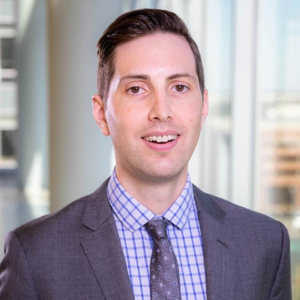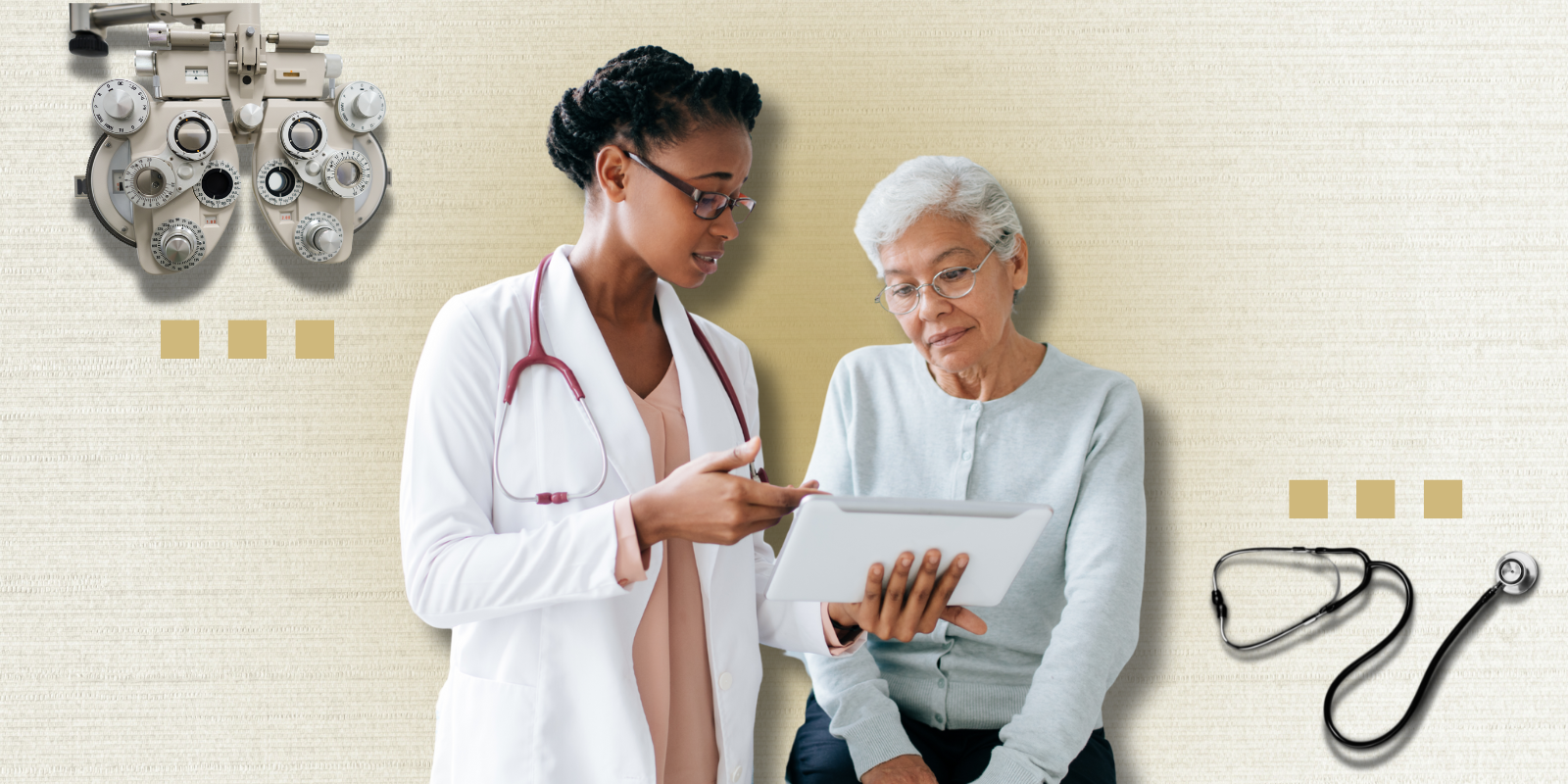This fall, faculty in the Department of Ophthalmology at the University of Colorado School of Medicine will bring their expertise to schools throughout the state for low vision evaluations that help students with vision impairments reach their full potential in the classroom and beyond.
“Our work is different from what you typically think of with school screenings. For the most part, we’re working with students who have already been identified as having a visual impairment,” says David Simpson, OD, FAAO, assistant professor of ophthalmology.
“The clinics are a good opportunity to collaborate with students, their family members, and teachers of students with visual impairments (TSVIs) to make sure they’ve all got the right tools and can optimize them for the student’s learning abilities,” he continues.
Simpson and Kara Hanson, OD, FAAO, associate professor of ophthalmology and director of the Low Vision Rehabilitation Service, will partner with the Colorado Department of Education to complete clinics in four communities covering Colorado over the next several months, serving dozens of students.
A holistic approach for low vision students
The clinics started in 1998 after a group of teachers from Colorado’s Western Slope requested more solutions from the Colorado Department of Education to assist students with low vision. Then, there were no optometrists specializing in low vision in that region and only a handful in the state’s more urban communities.
The agency assembled the Low Vision Task Force, offered training to TSVIs to become certified low vision therapists, and funded regional low vision clinics across the state at no cost to families or school districts.
Colorado Springs optometrist Thomas Theune, OD, became the task force’s first low vision specialist. When Theune retired in 2023, clinicians at the Low Vision Rehabilitation Service at the Sue Anschutz Rodgers Eye Center continued the effort providing opportunities available to students and their families.
At each visit, a clinician performs an assessment of visual function and then works closely with a certified low vision therapist who is also a TSVI to find the best mechanisms that can help that individual student. Different tools often vary from student to student, so getting the right formula of resources is significant.
“Having the TSVI included in these visits means that the student and their family get two different perspectives,” Hanson says. “Families get the educator’s perspective and the optometric perspective. As a team we can determine the level of functional vision that a student has and what they need to meet their goals.”
Karin Hensel and Jim Olson are the clinic’s two certified low vision therapists that work with the clinicians to bridge their work with the classroom. A longtime TSVI herself, Hensel understands the challenges that can arise in a classroom environment and helps to find ways to mitigate them.
“I feel lucky to get to work with the doctors for their expertise in the different eye conditions and coming up with the best devices to use,” she says. “I come in on the practical side and work on how to implement those recommendations into the learning environment.”
This might mean teaching a student how to use a particular piece of software, magnifier, or other device. Hensel looks for simple, low-tech solutions, too, like writing utensils, paper, and lighting.
Individualized solutions
Roberta Curits, the clinic’s administrator, knows firsthand how beneficial the evaluations can be. She first came to the clinic in 2008 with her daughter, who was three years old.
“The work that these doctors do is so important, and the fact that they bring in the functional piece means a lot to students and their families,” she says. “When my daughter was attending the clinics, it opened up communication with her teachers and truly made a difference in the classroom.”
Curtis says the clinics helped her and her daughter, who is now in her freshman year of college, feel empowered, and she hopes she can pass that experience on to others.
“Knowing that the care is specialized and the doctors and therapists take their time to get the right tools means you leave the appointment with something tangible,” Curtis says.
Optometrists and the low vision therapists see public school students of all ages and vision impairment levels, so each visit is a bit different and each student gets the tools that work best for them.
“We’re looking at kindergarteners and trying to determine what their needs are with moving forward in school, and then some of these students are approaching graduation. It’s our opportunity to help them access some of these helpful devices,” Simpson says.
For each visit, there’s a degree of customization – which means every student gets a chance at an improved learning experience regardless of visual impairment.
“For each student, we want to maximize the way they use the vision that they do have and find the right tools to help them in their educational career,” Hanson says of the team’s work. “We hope to help promote a better understanding of the way the student is seeing to their family and teachers as well.”



.png)

